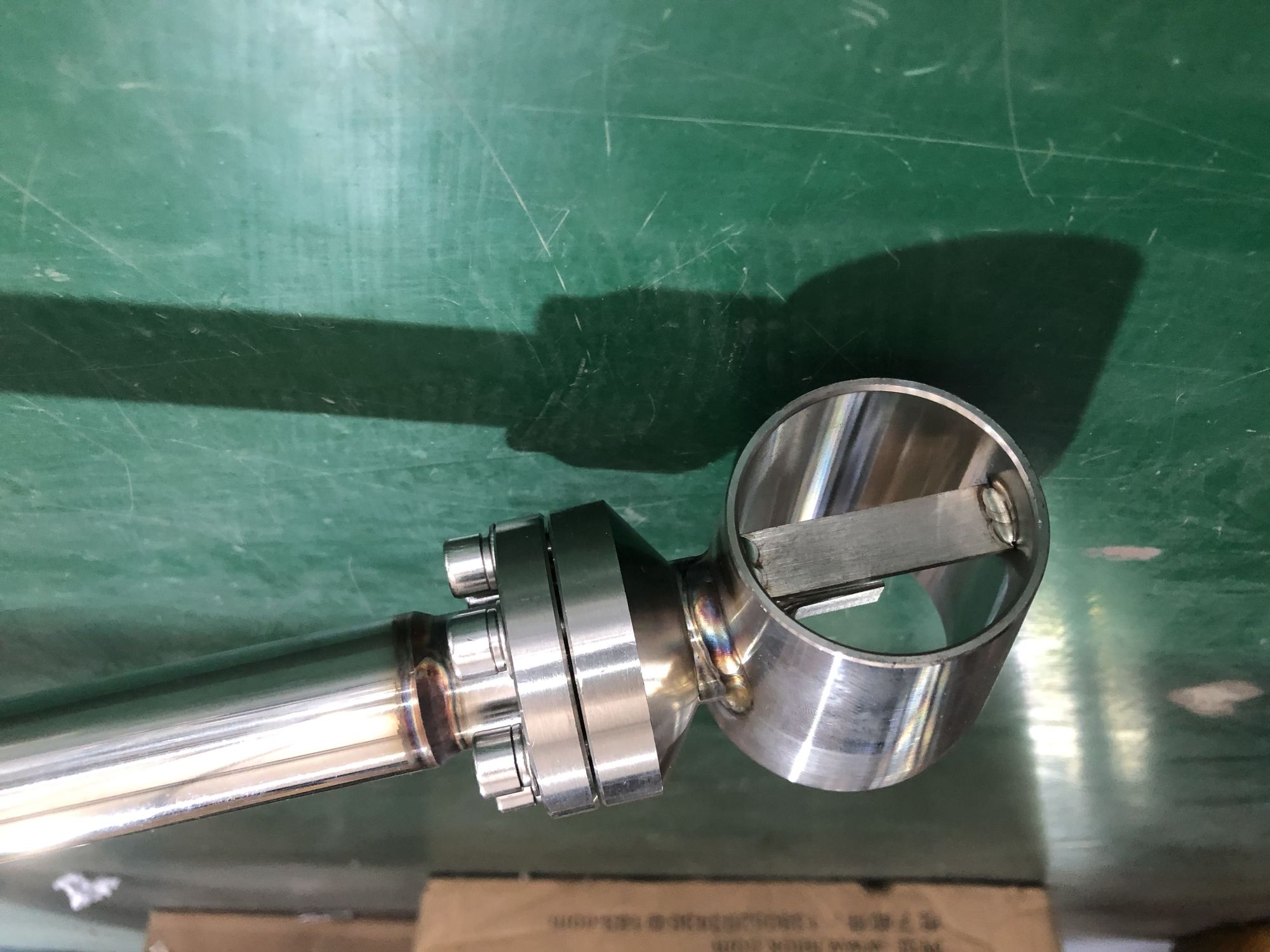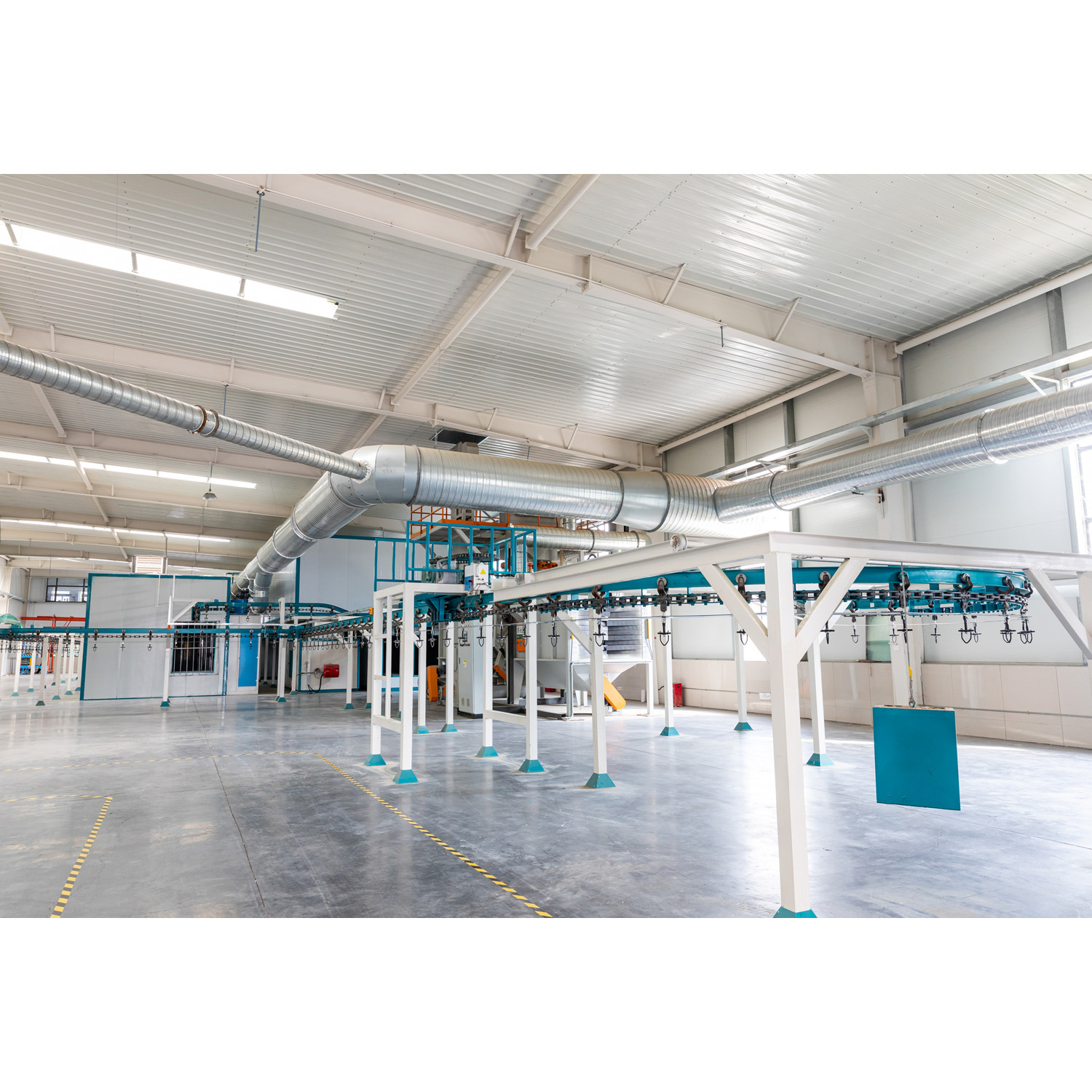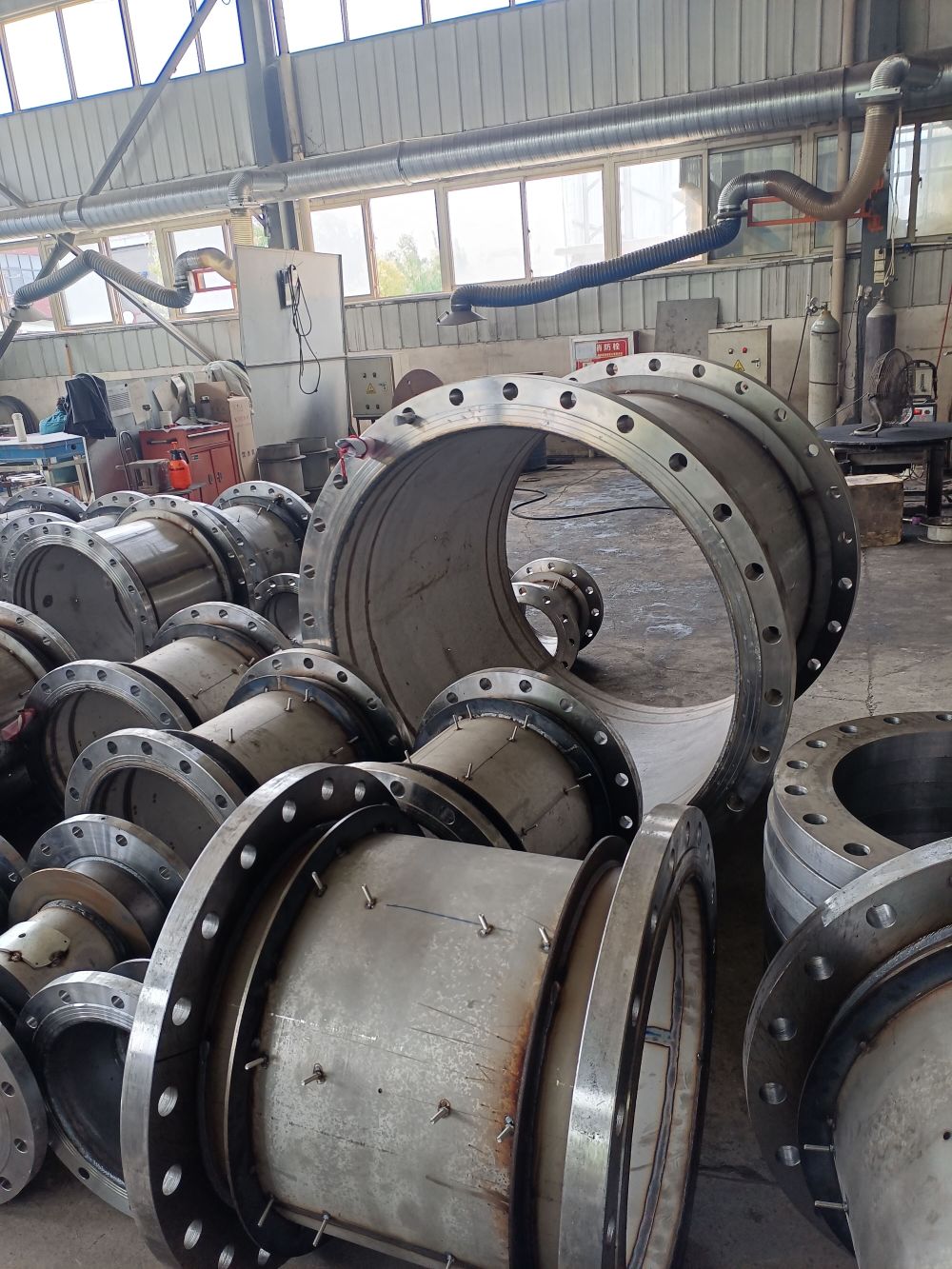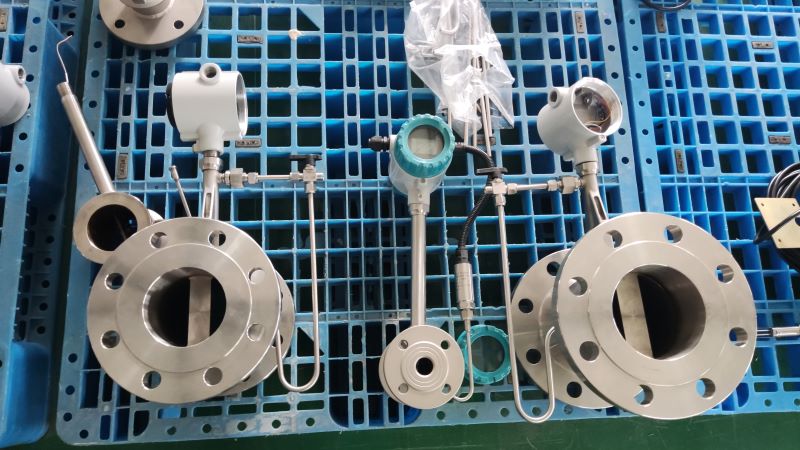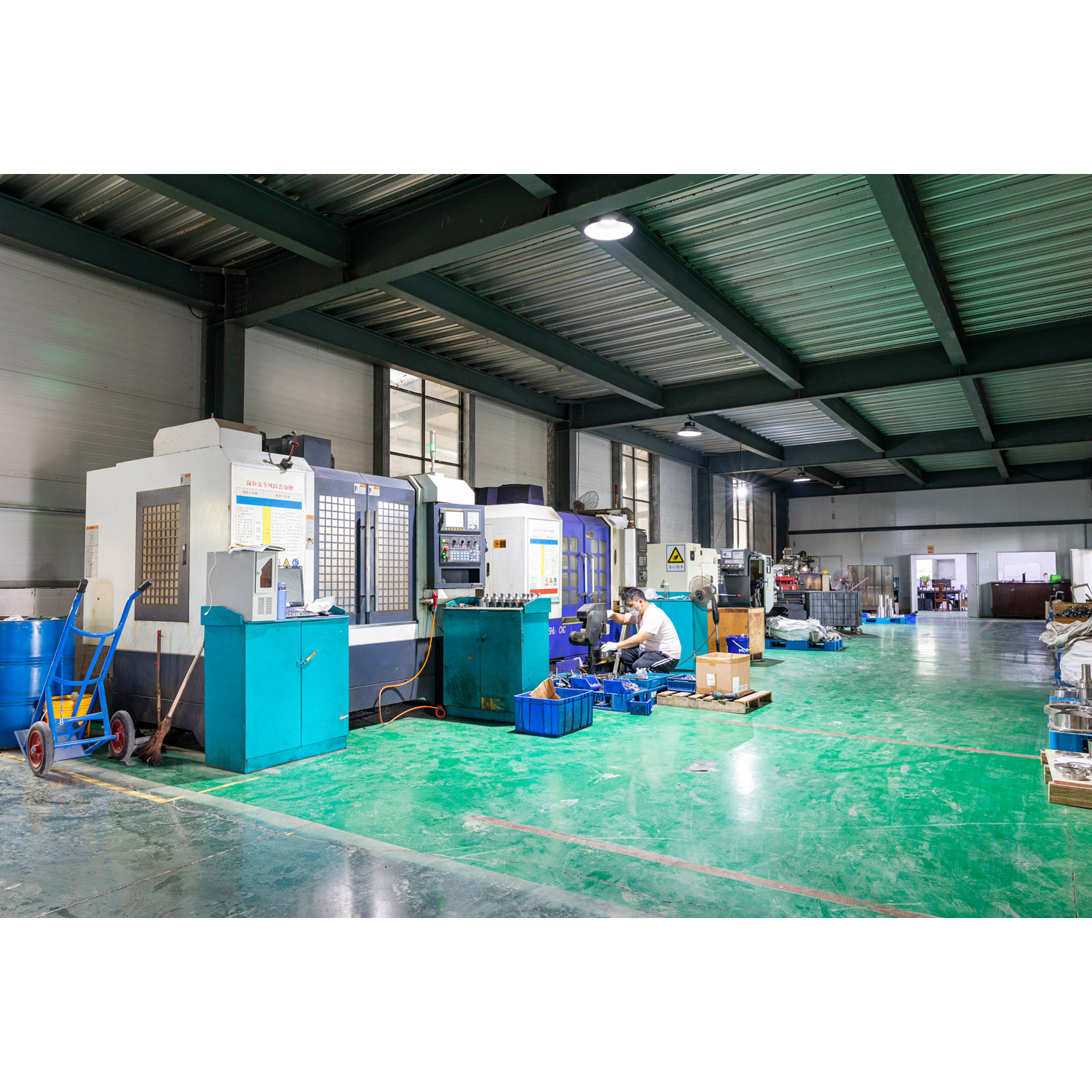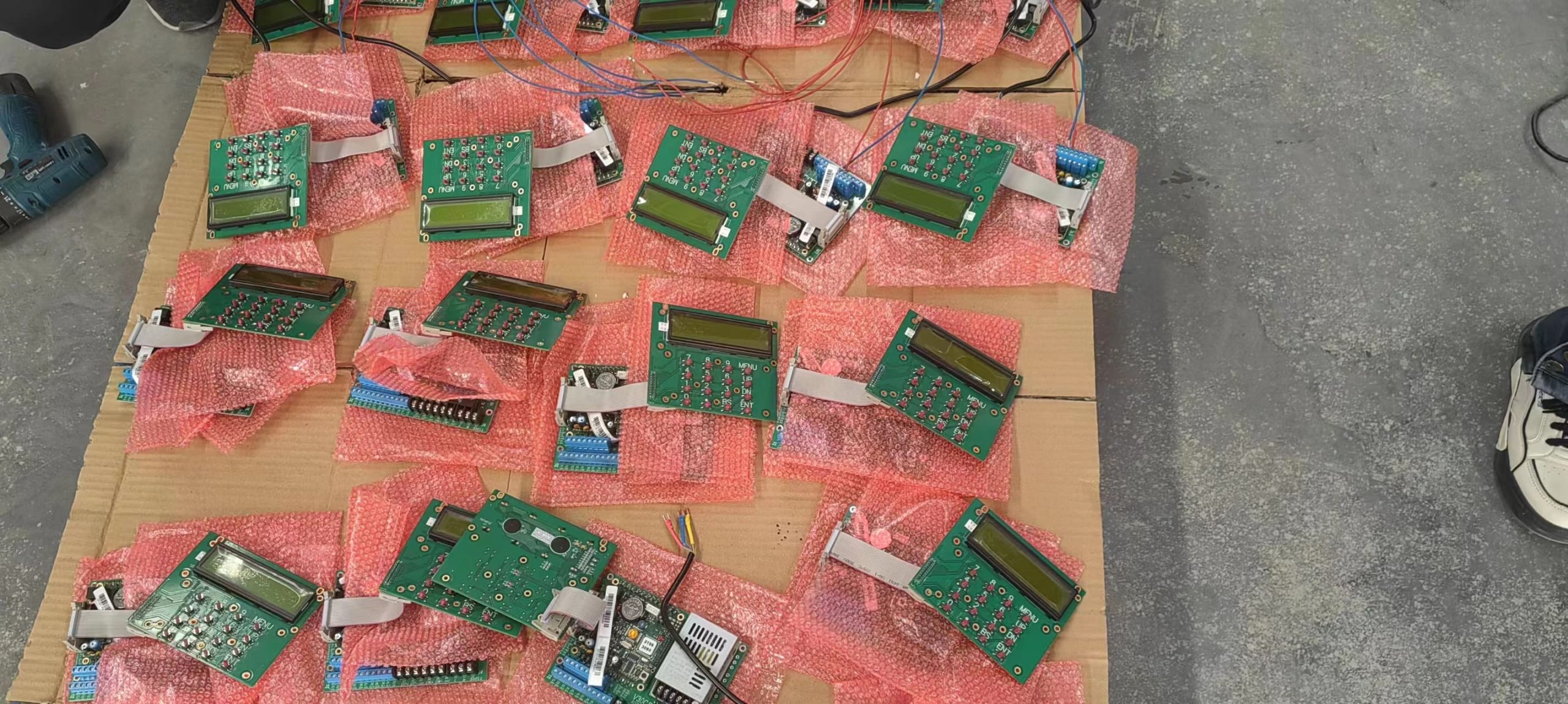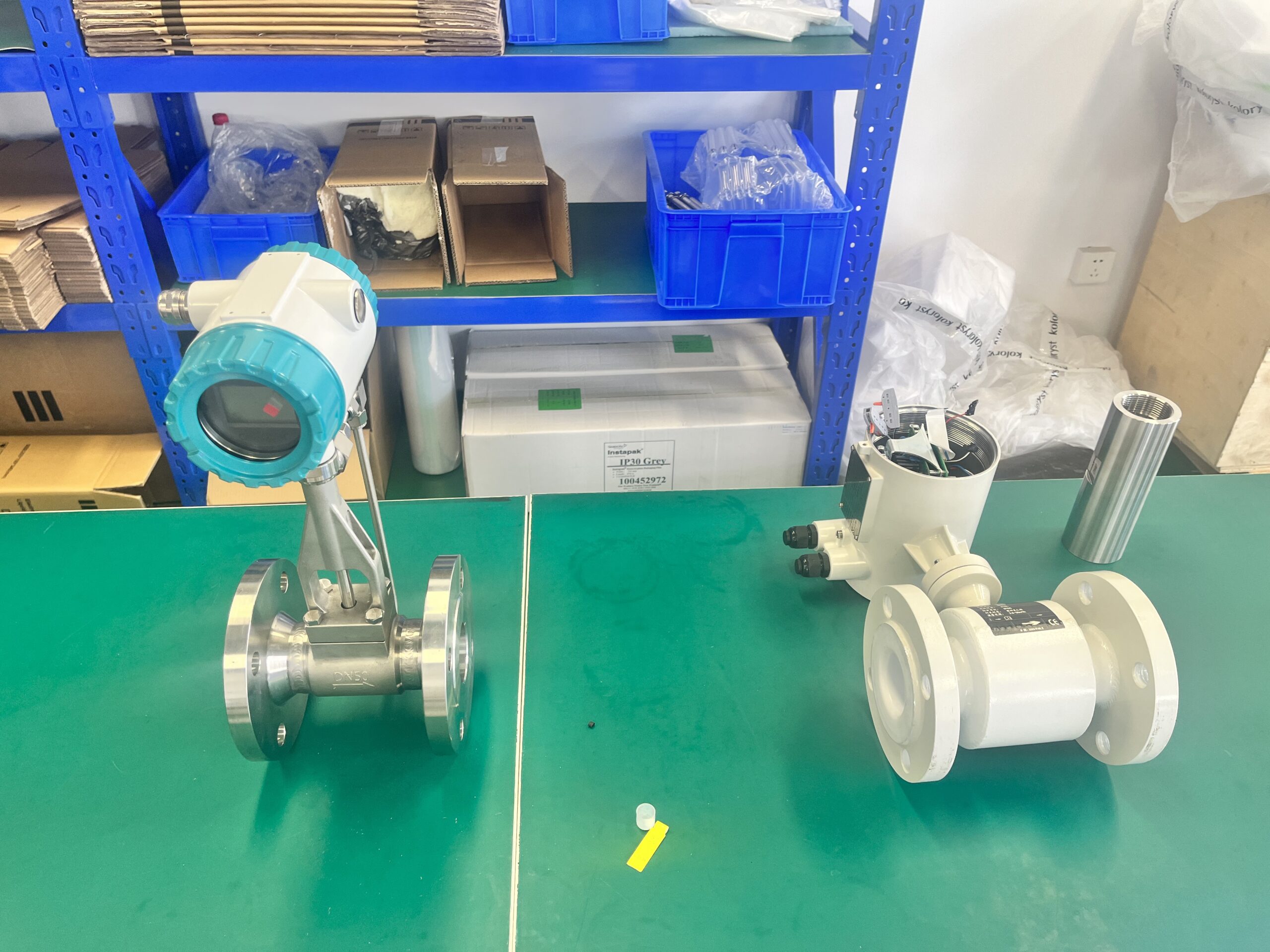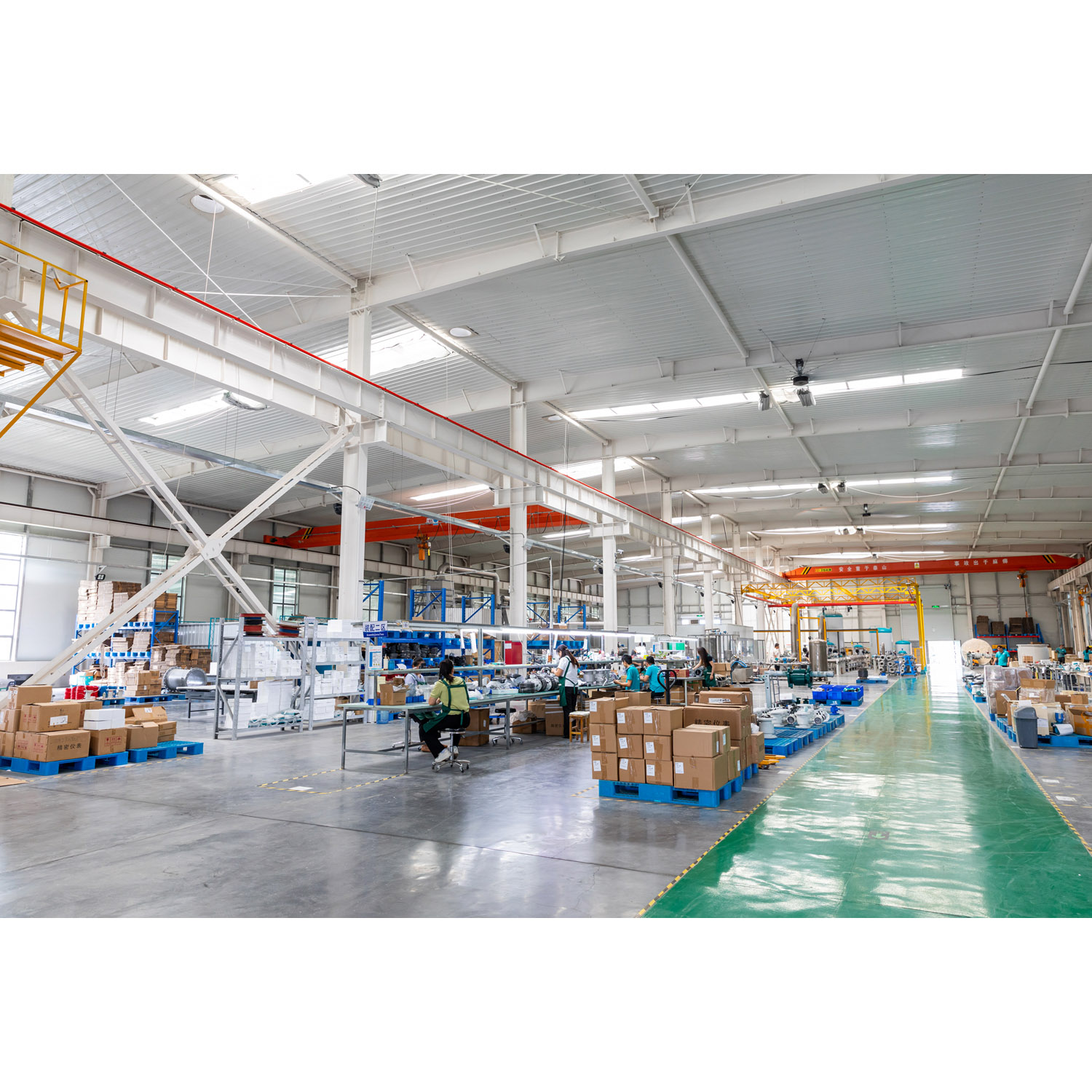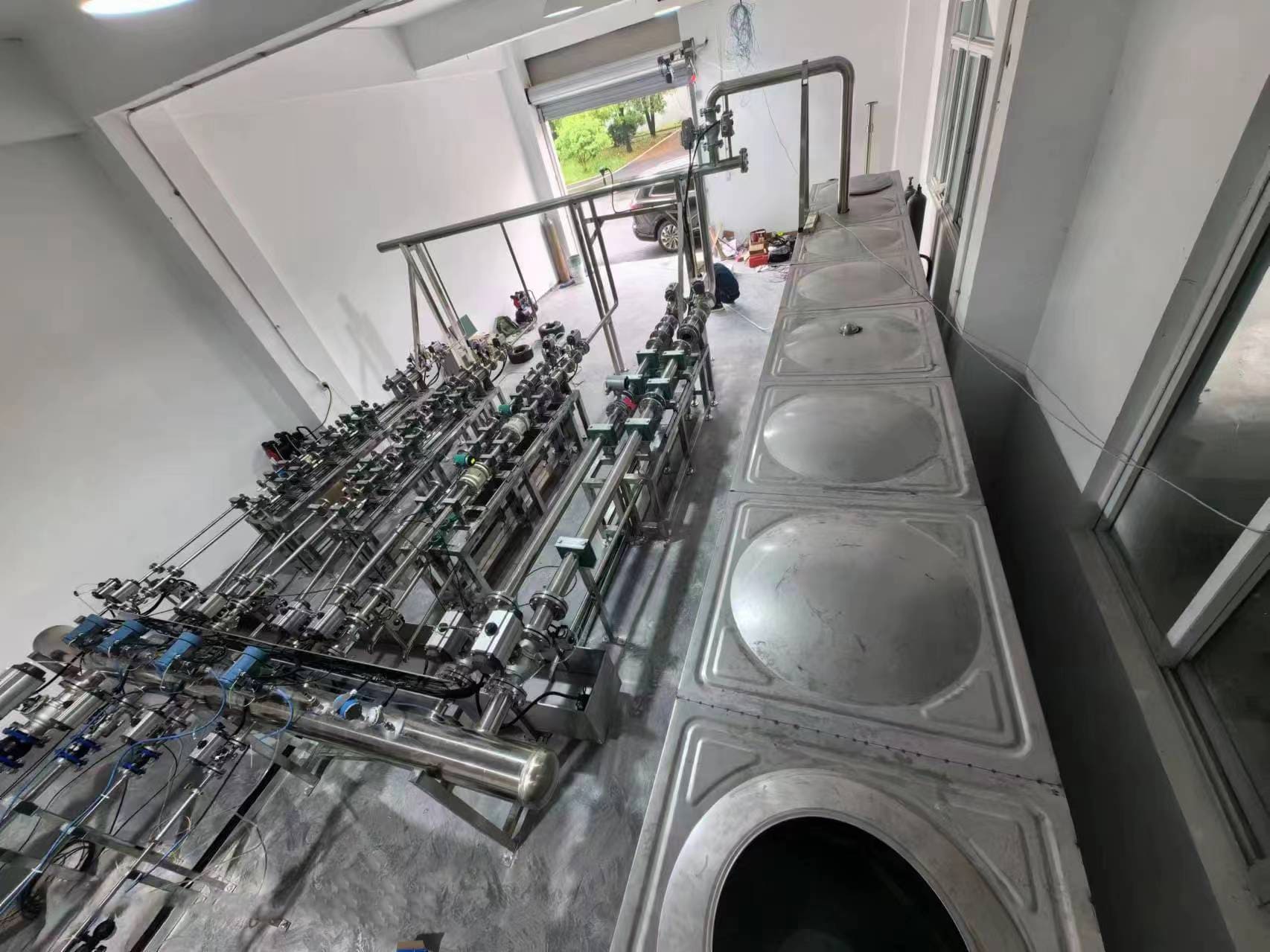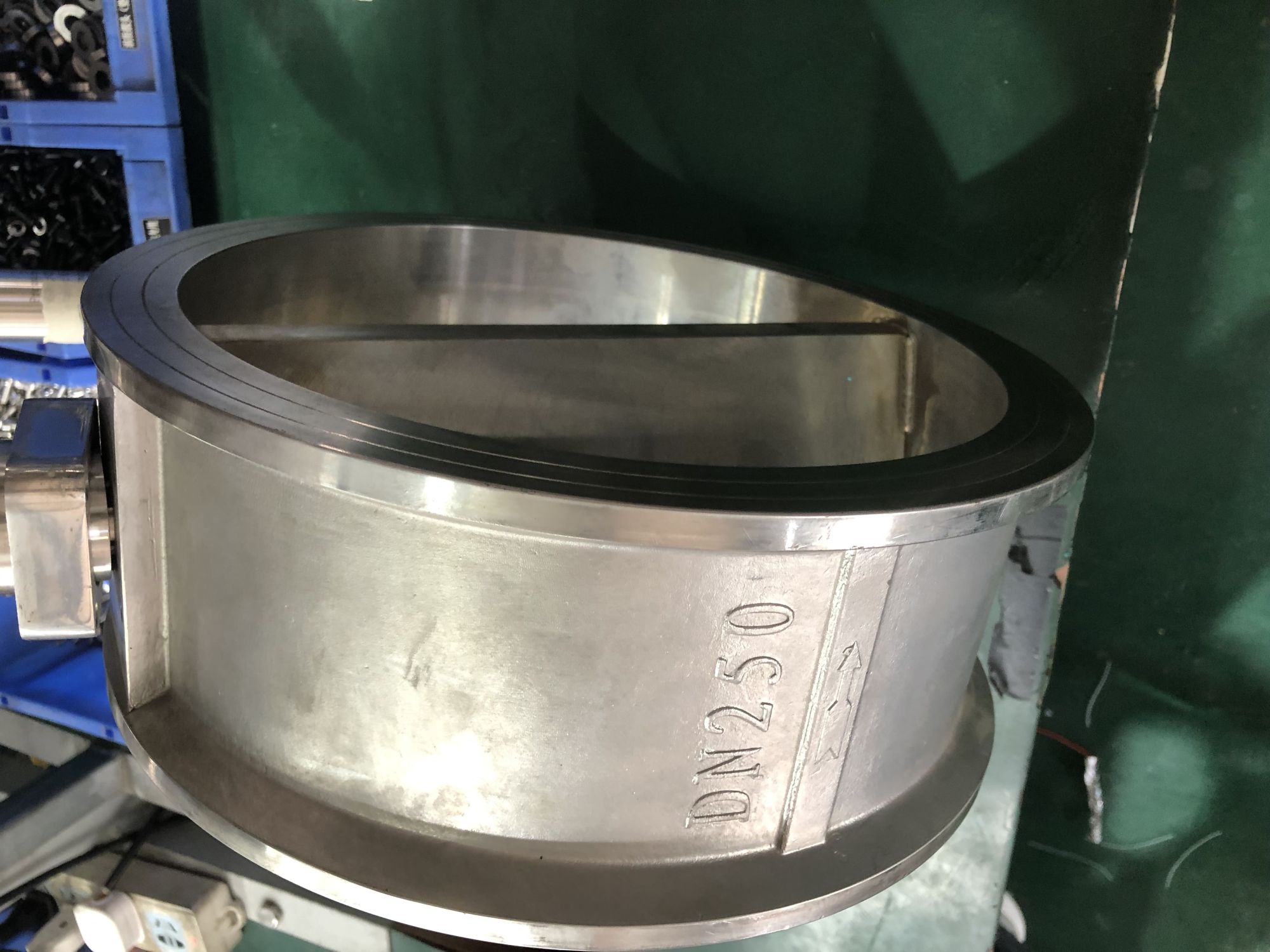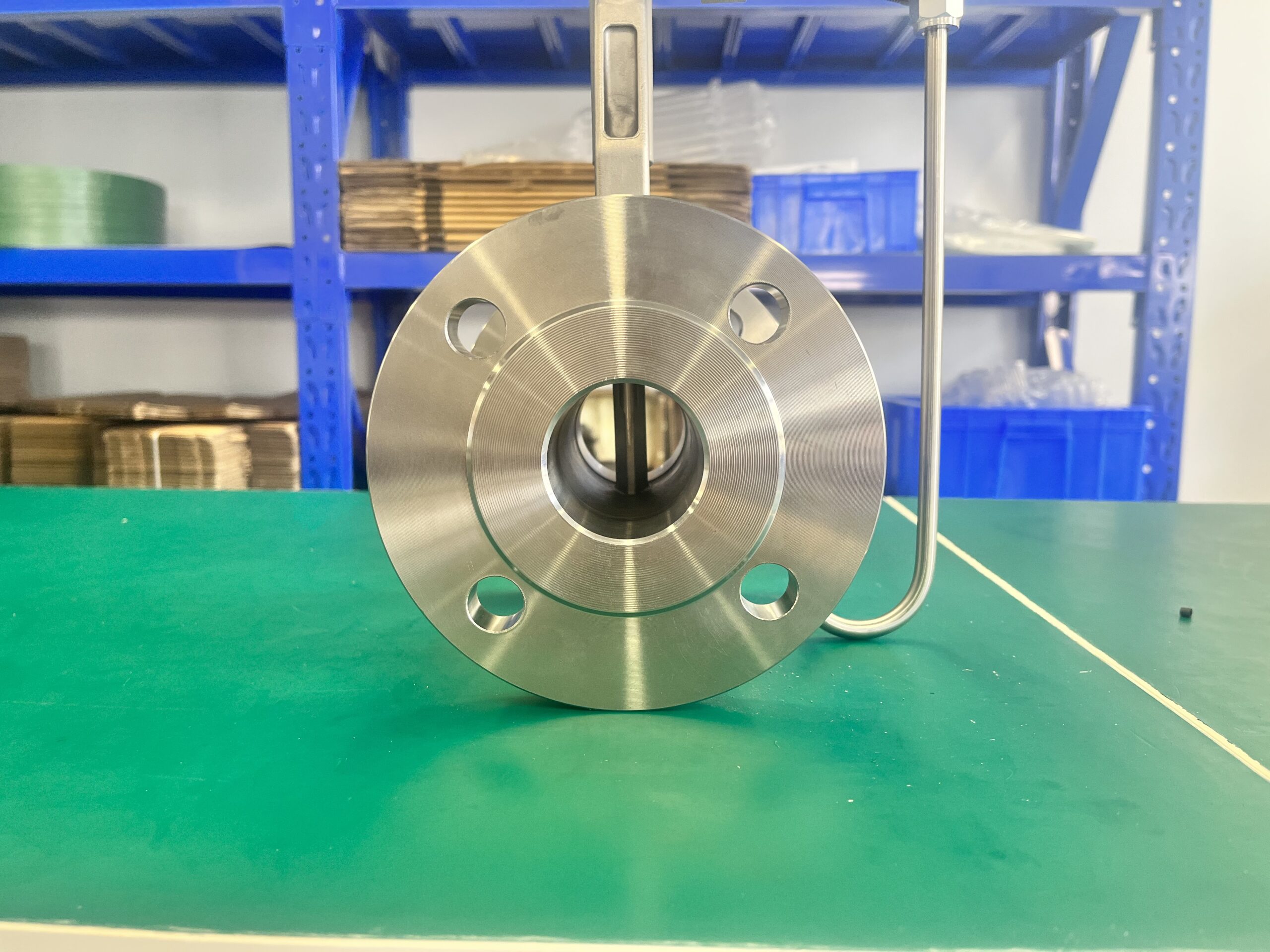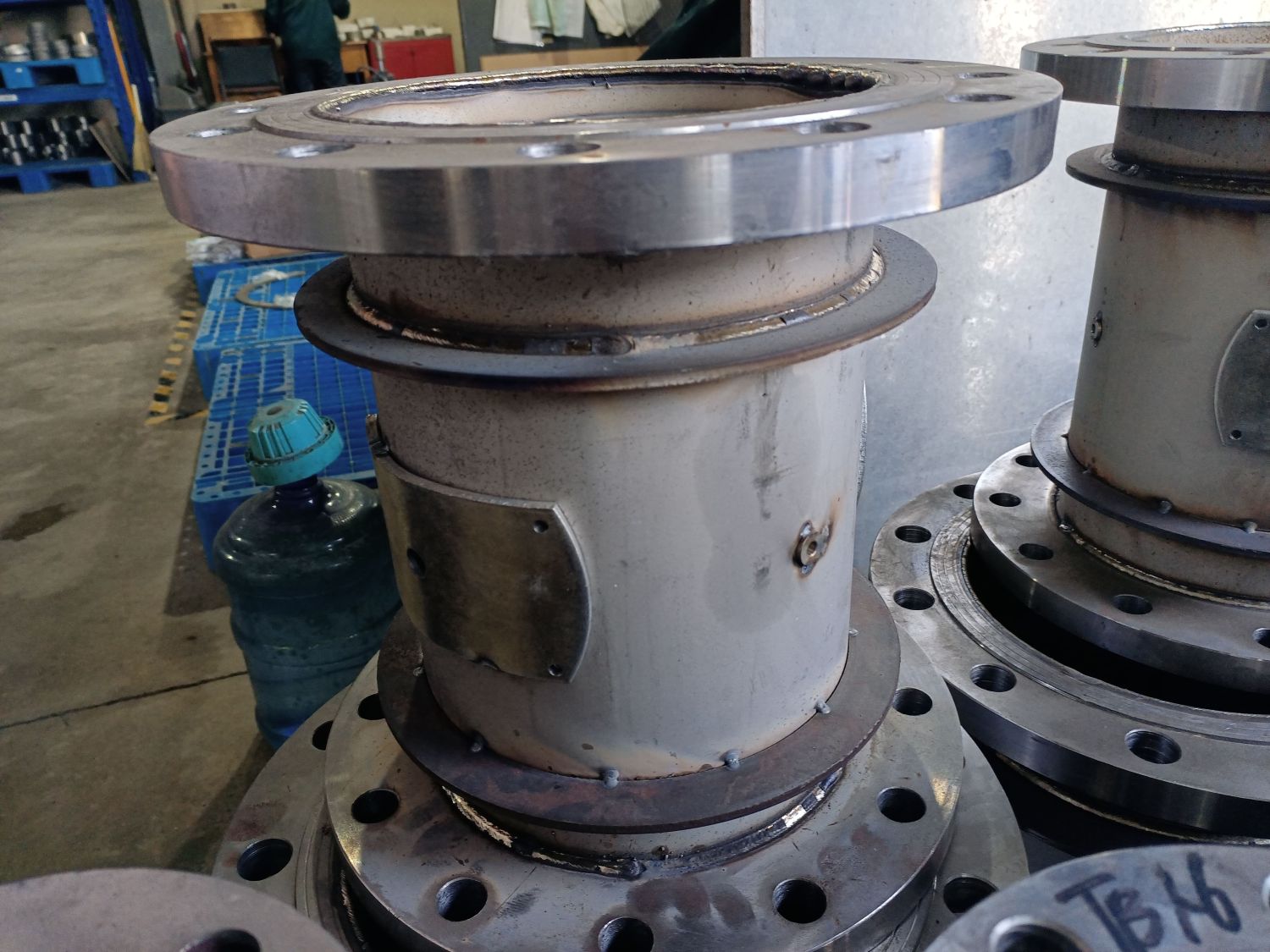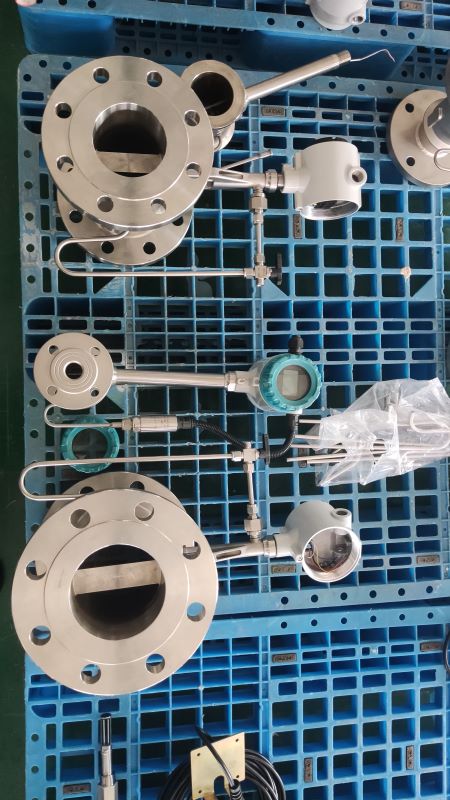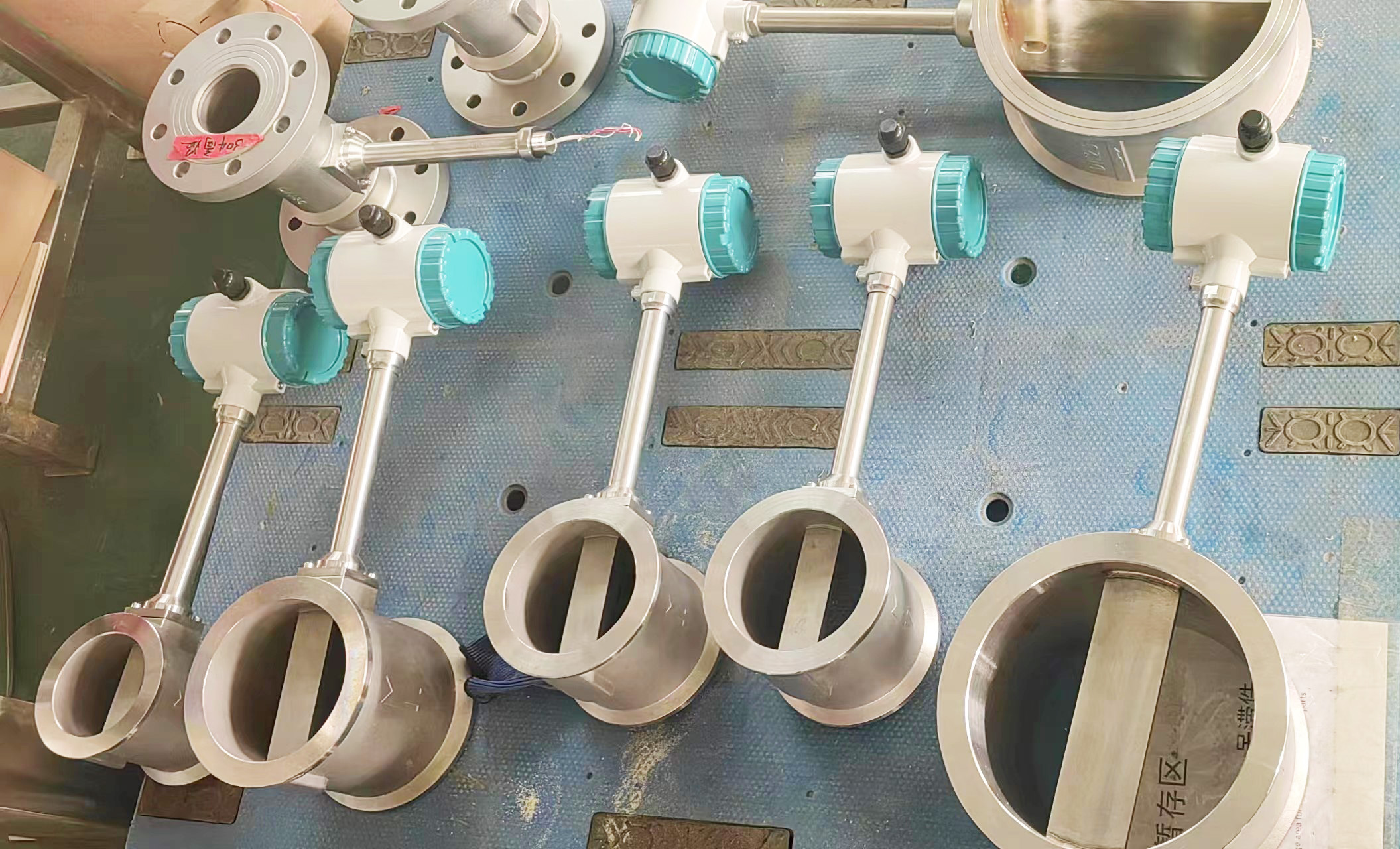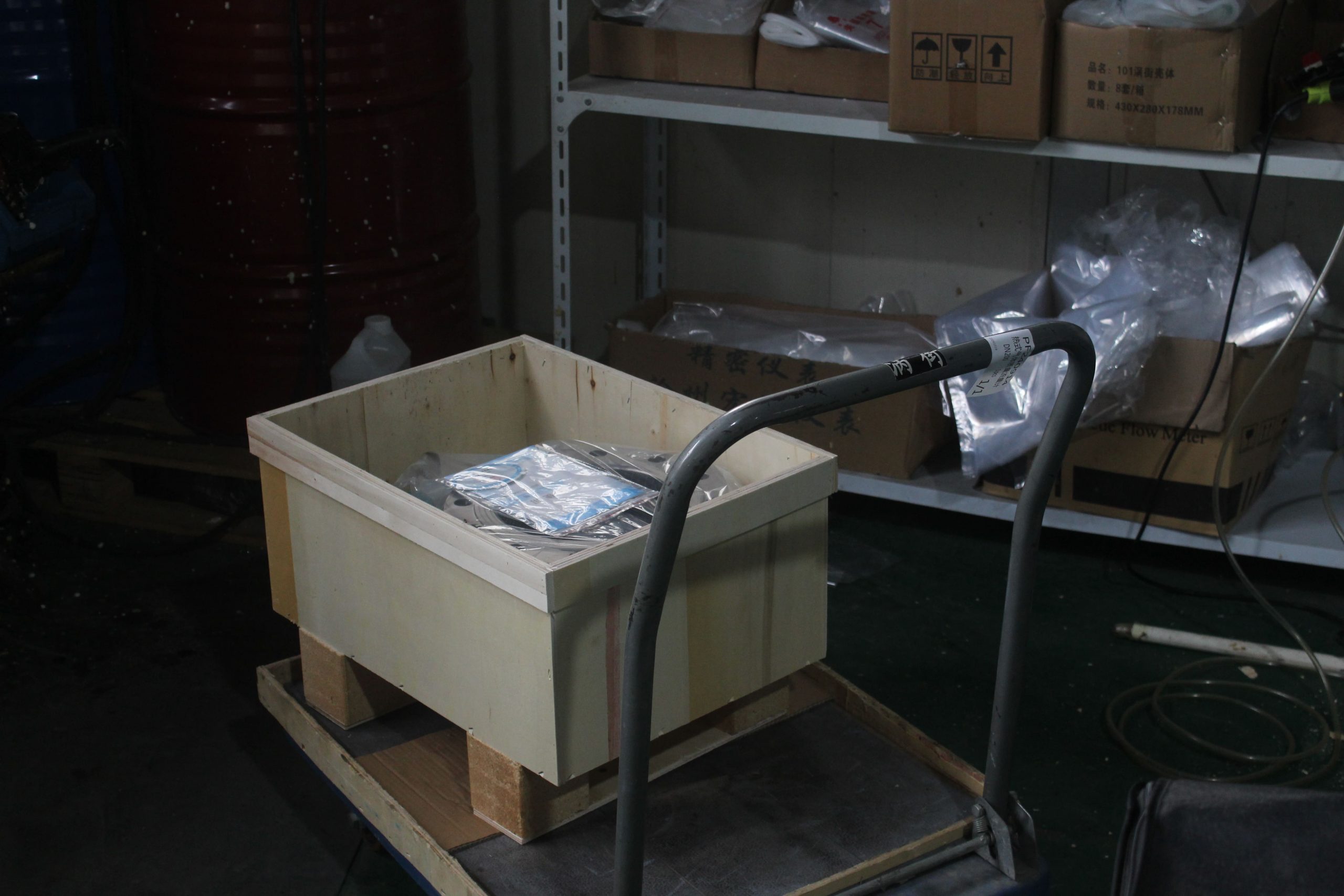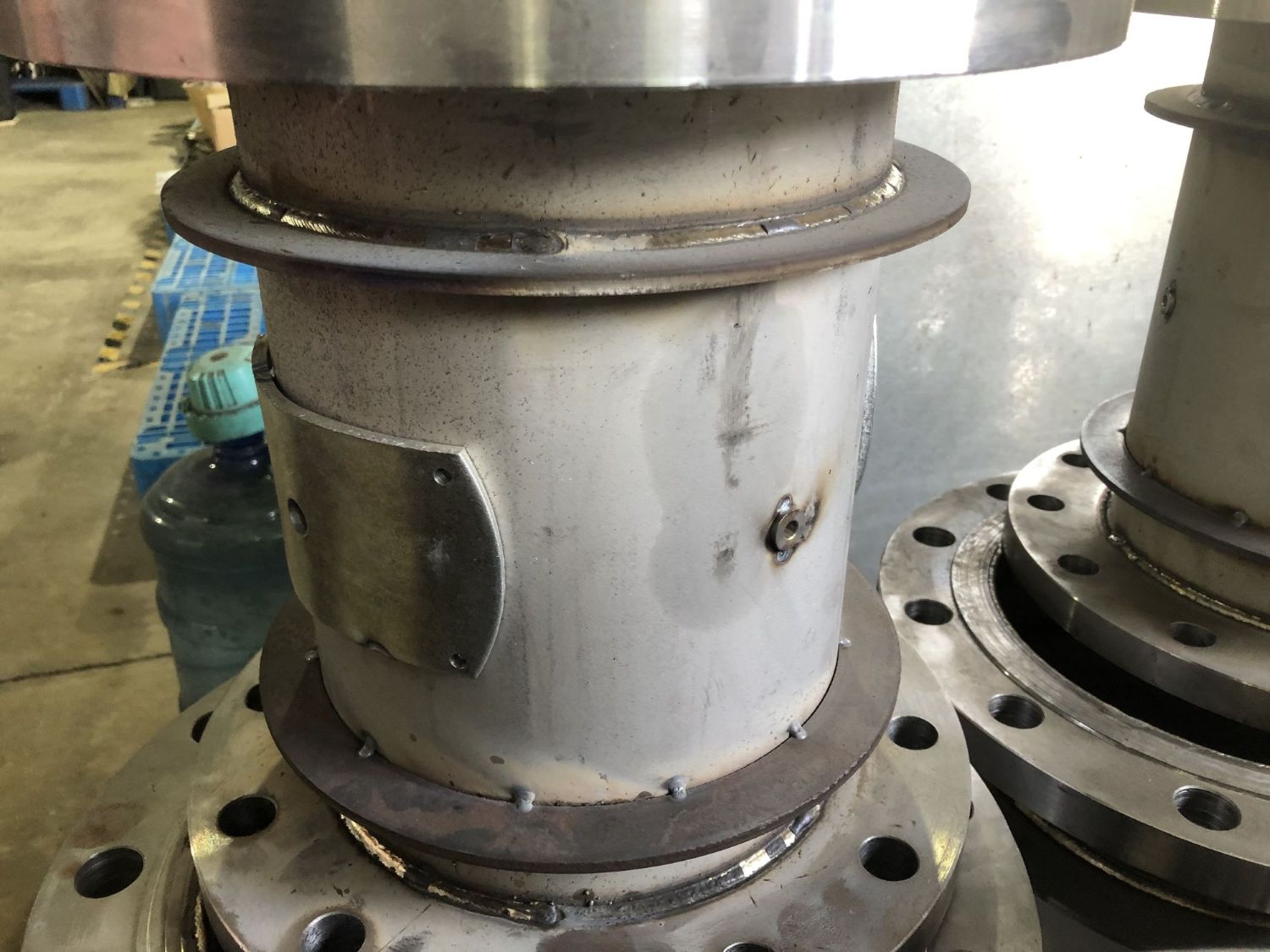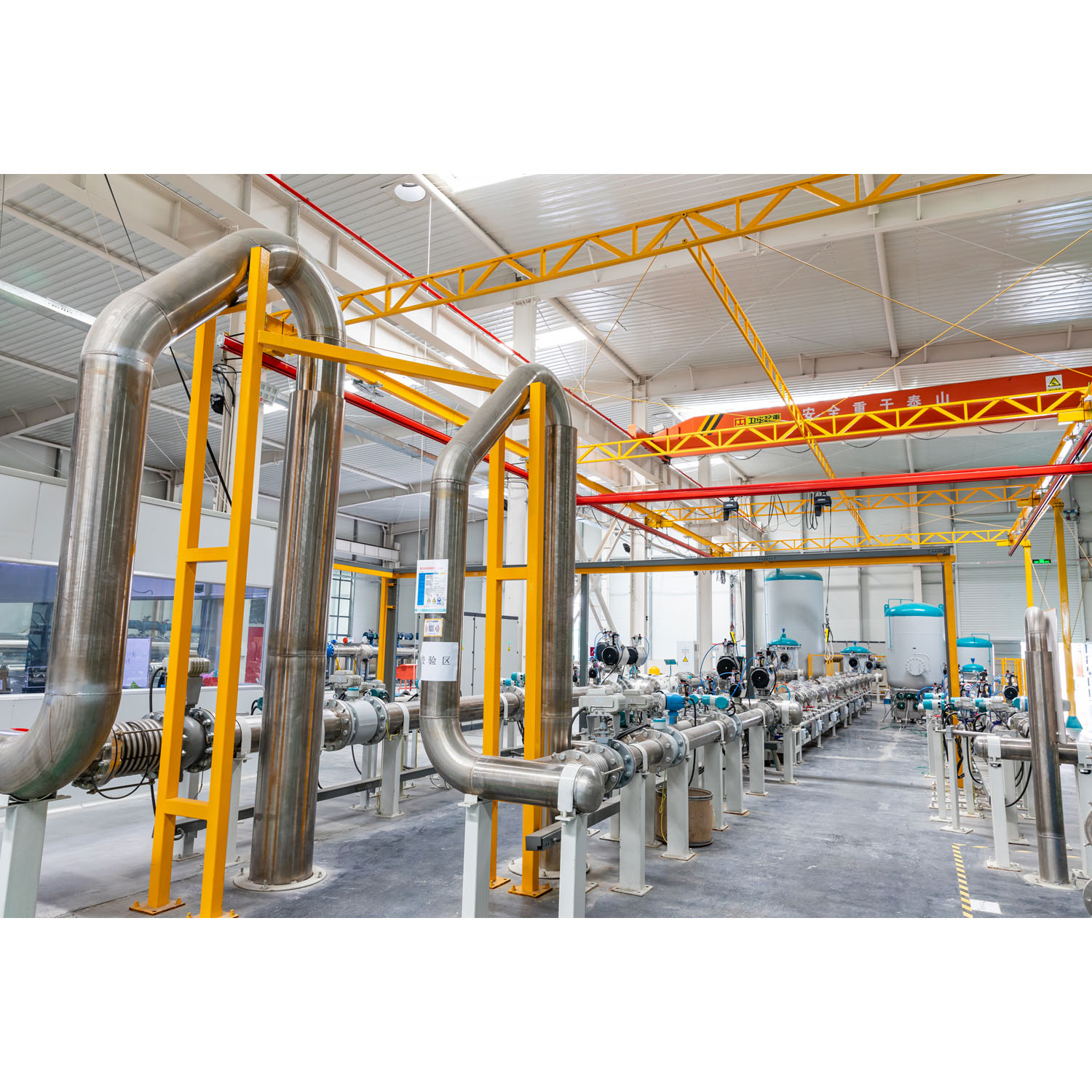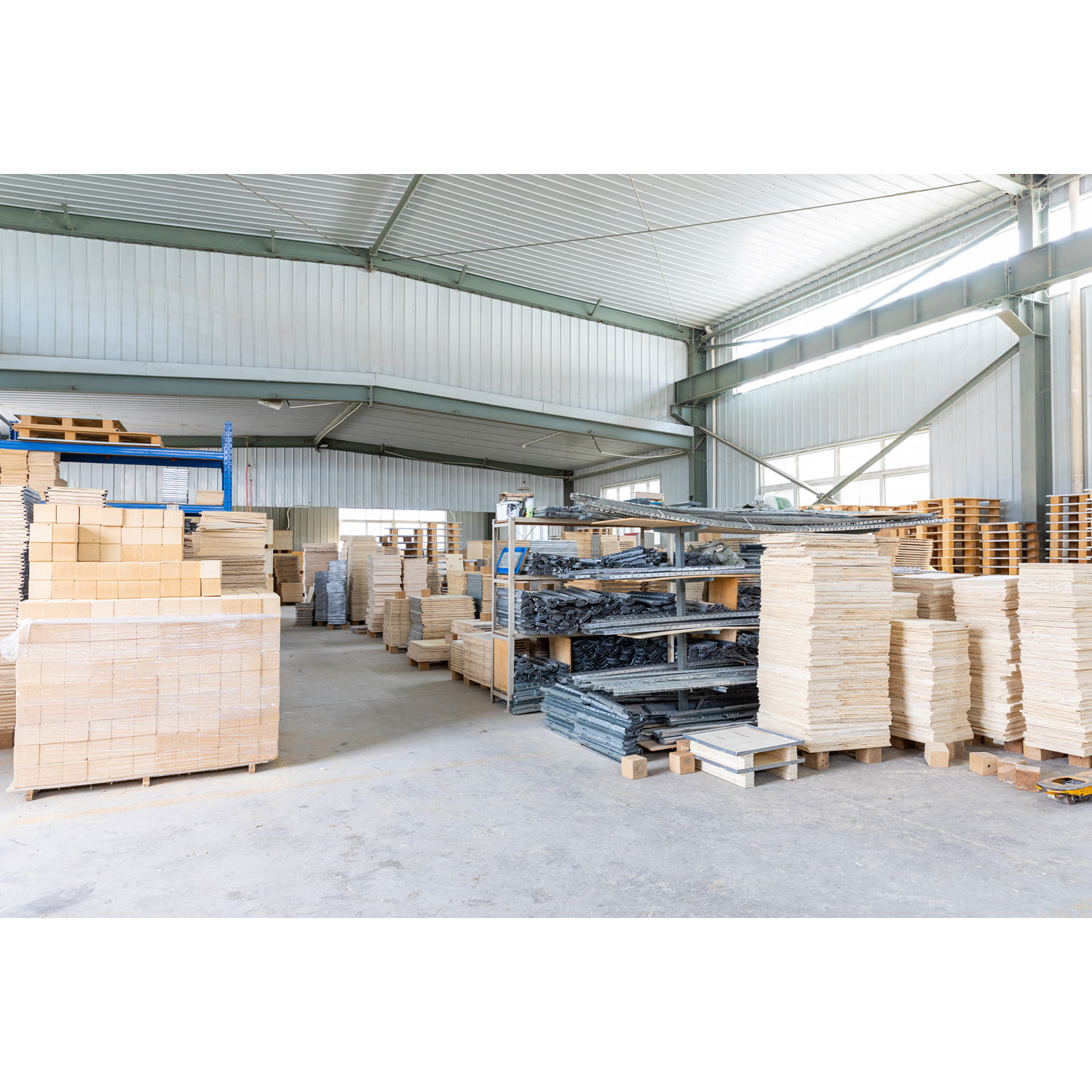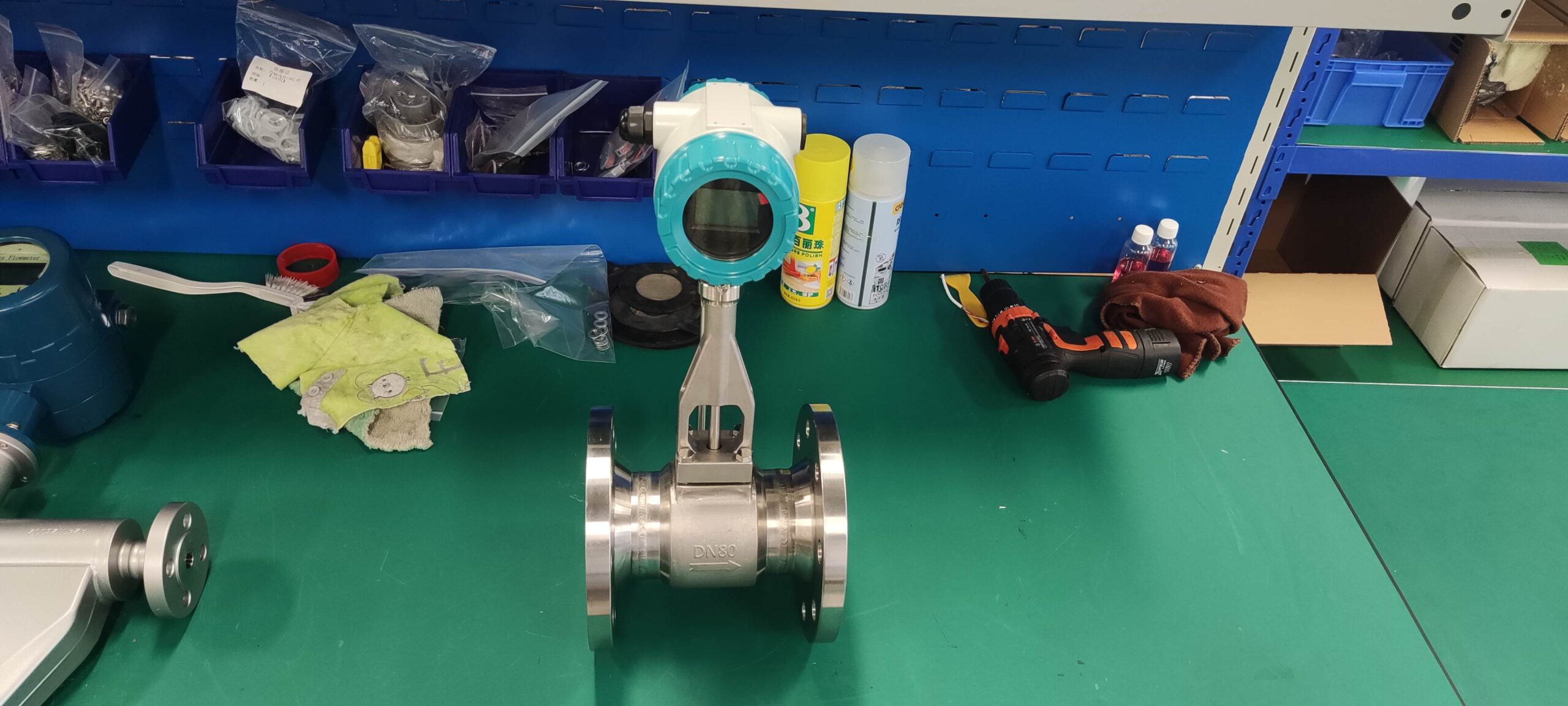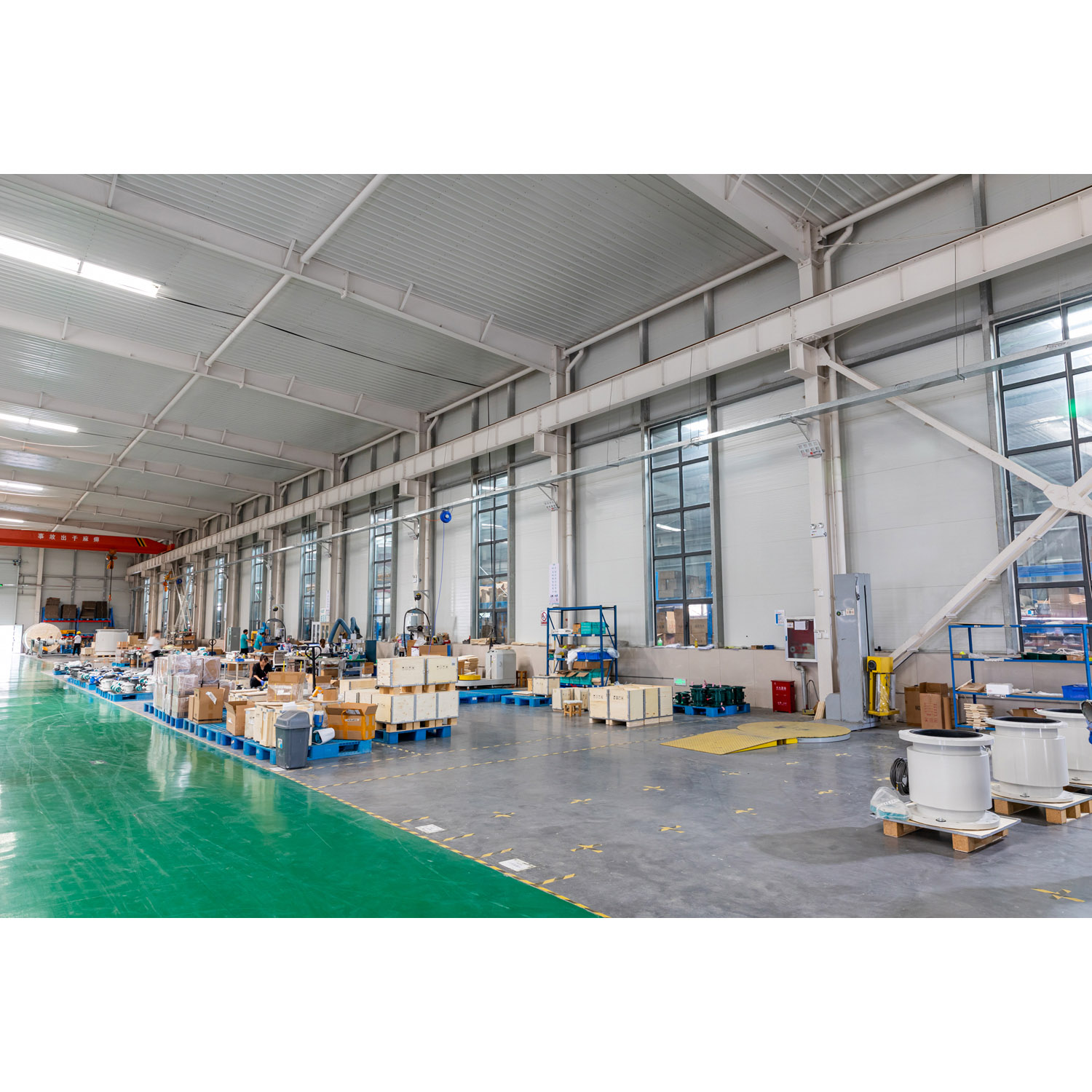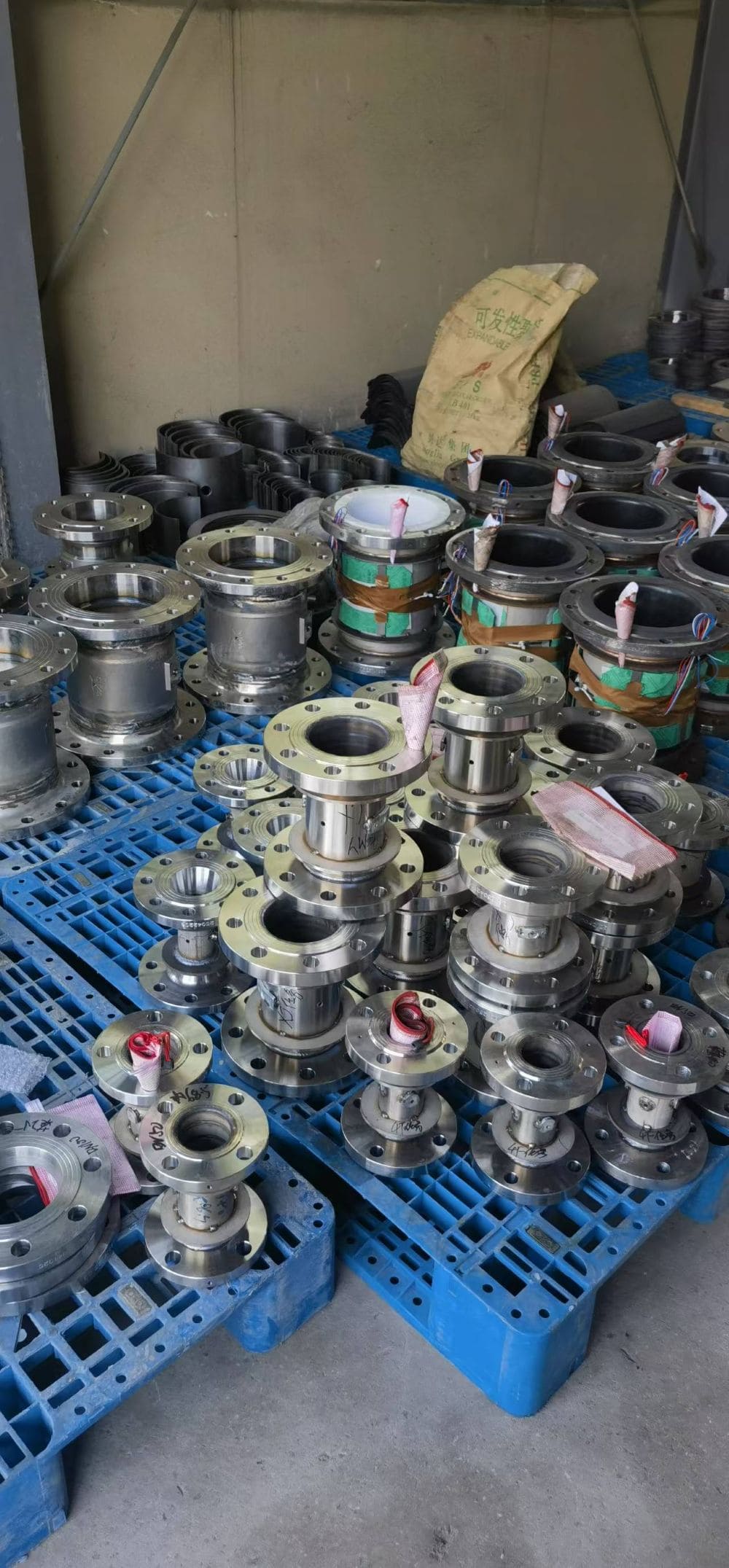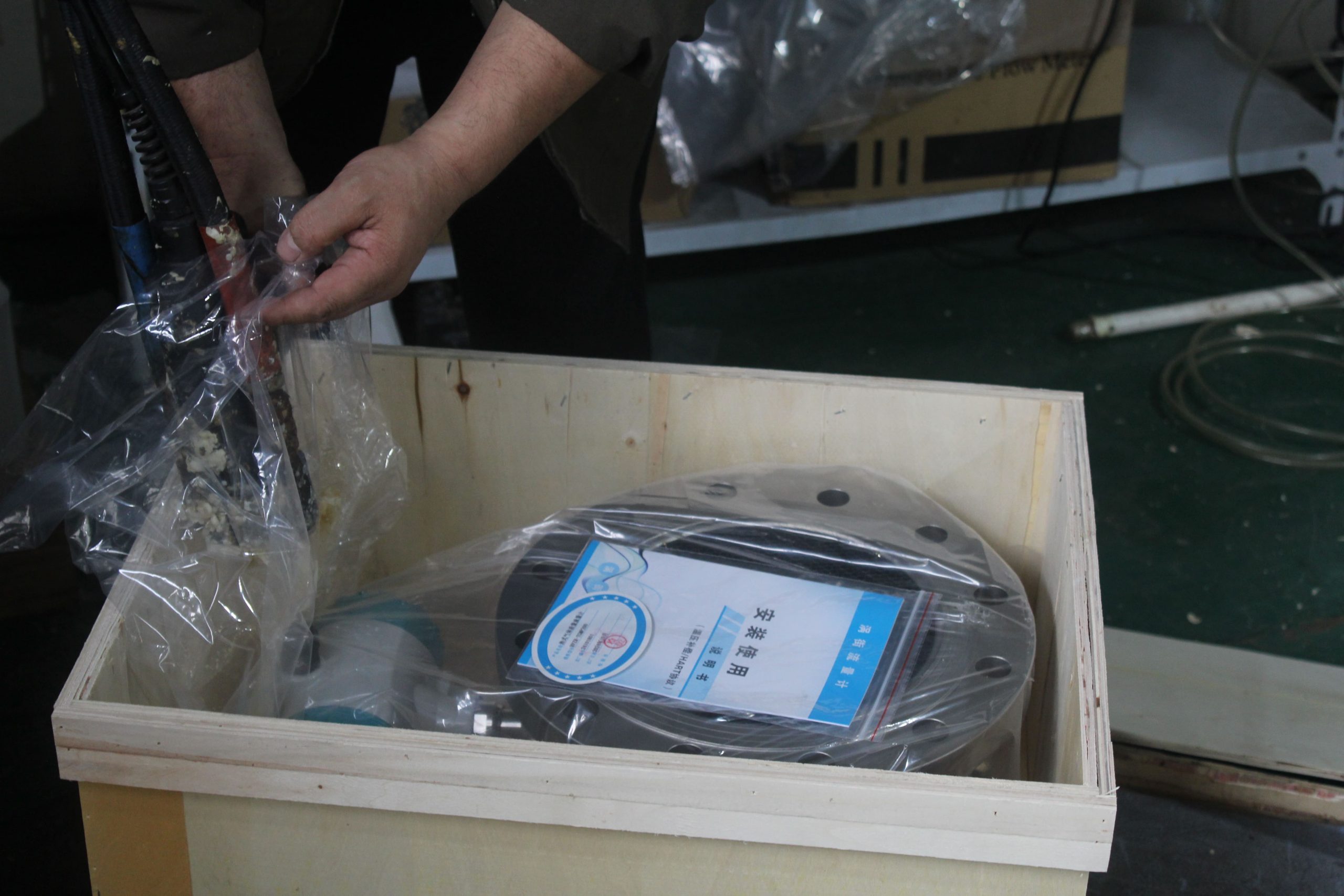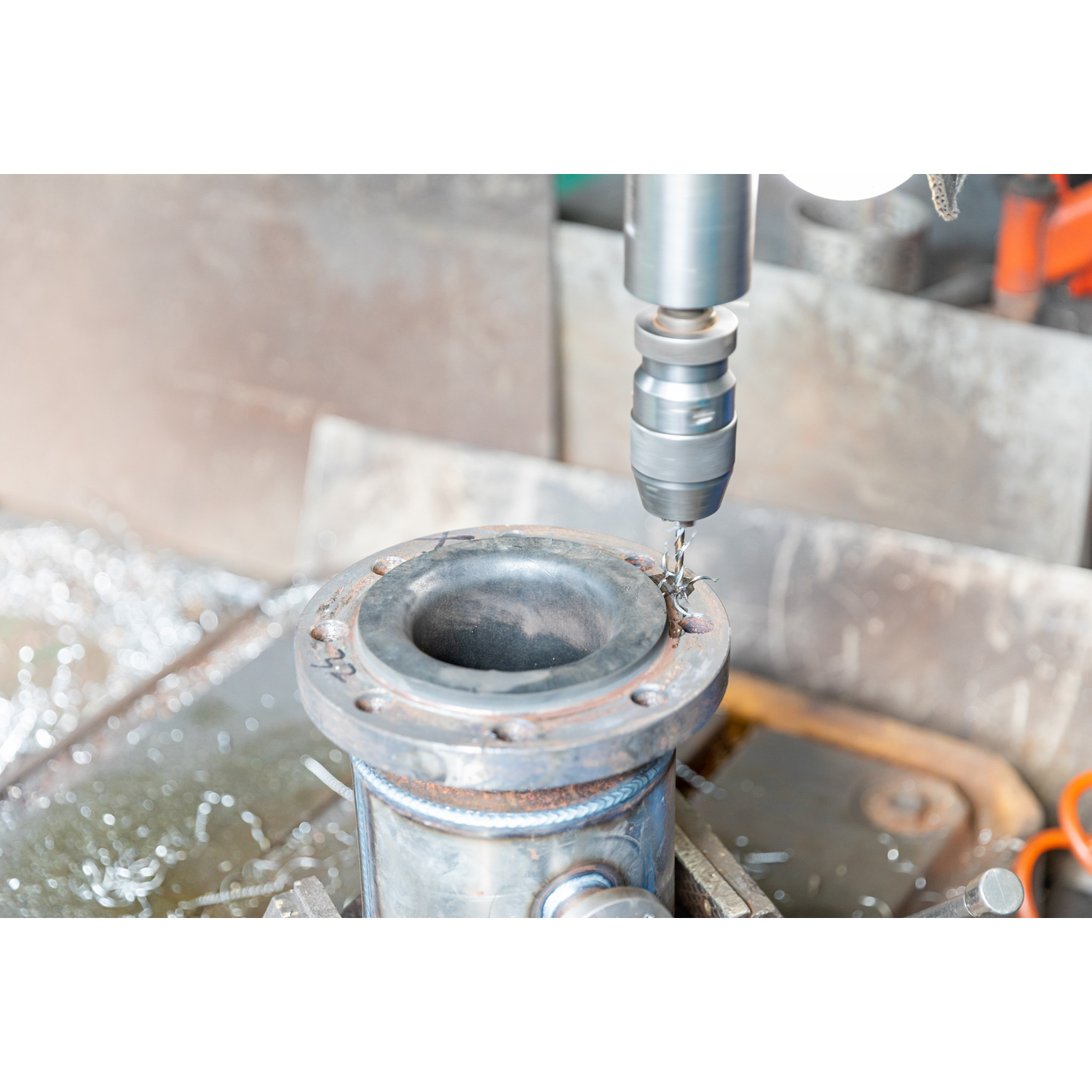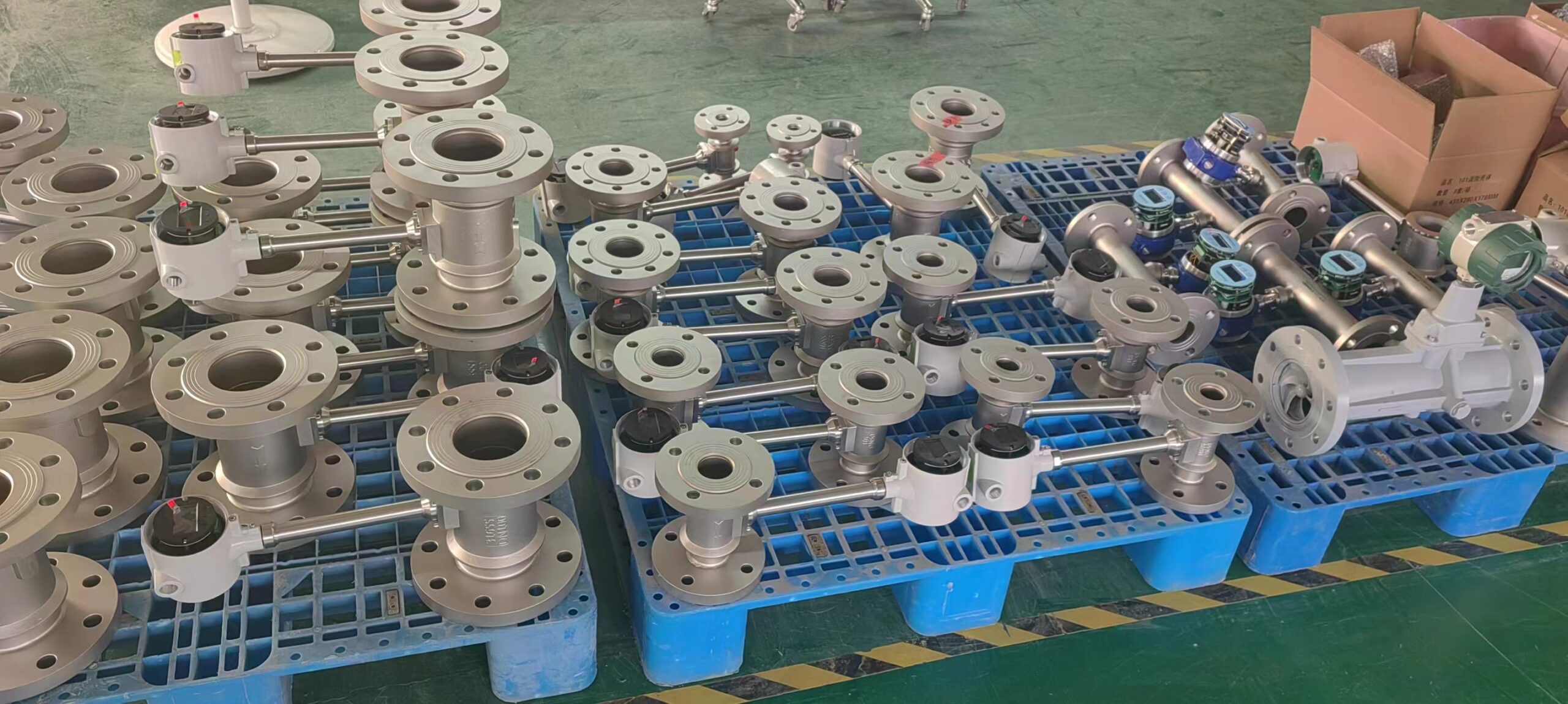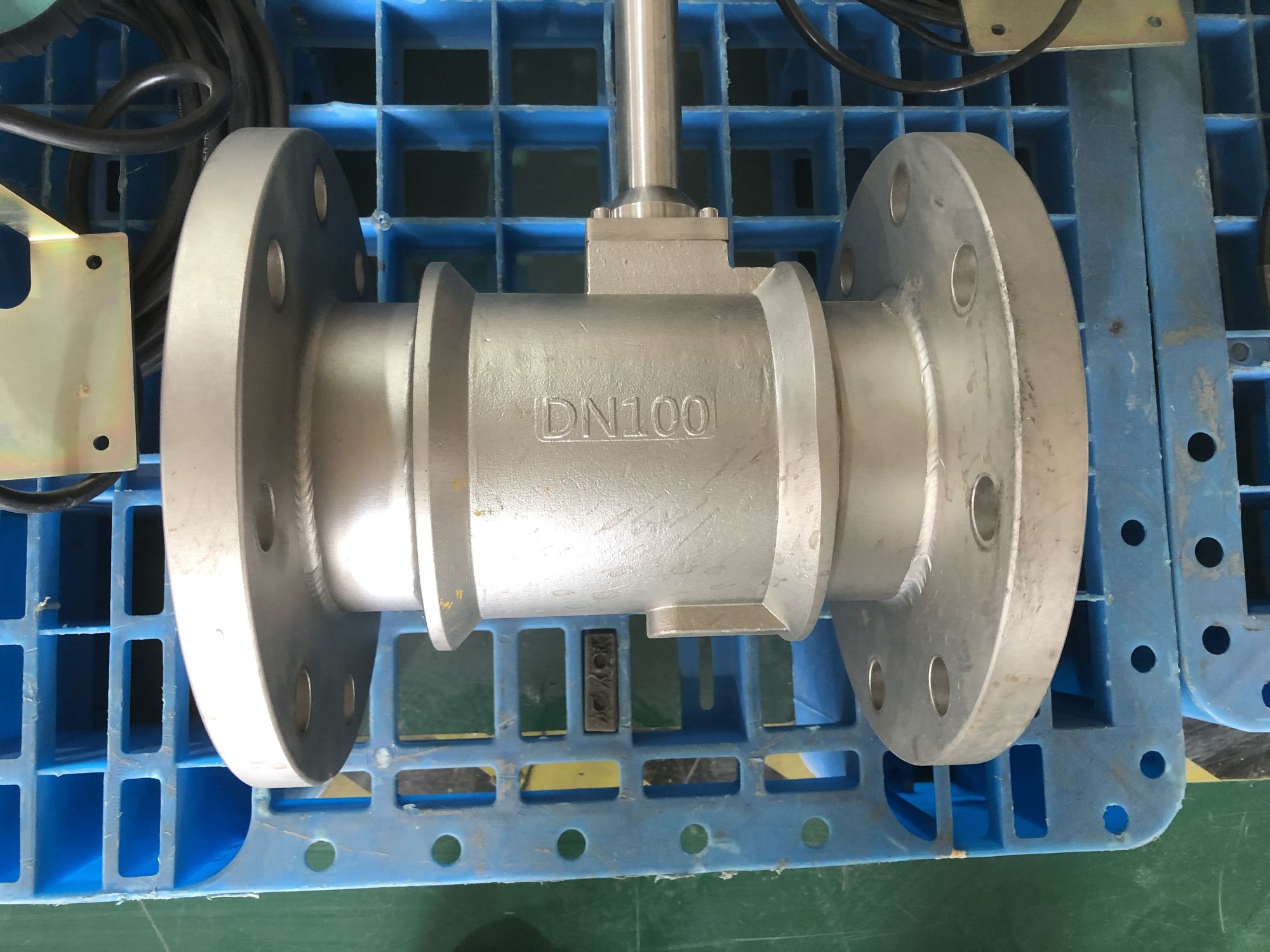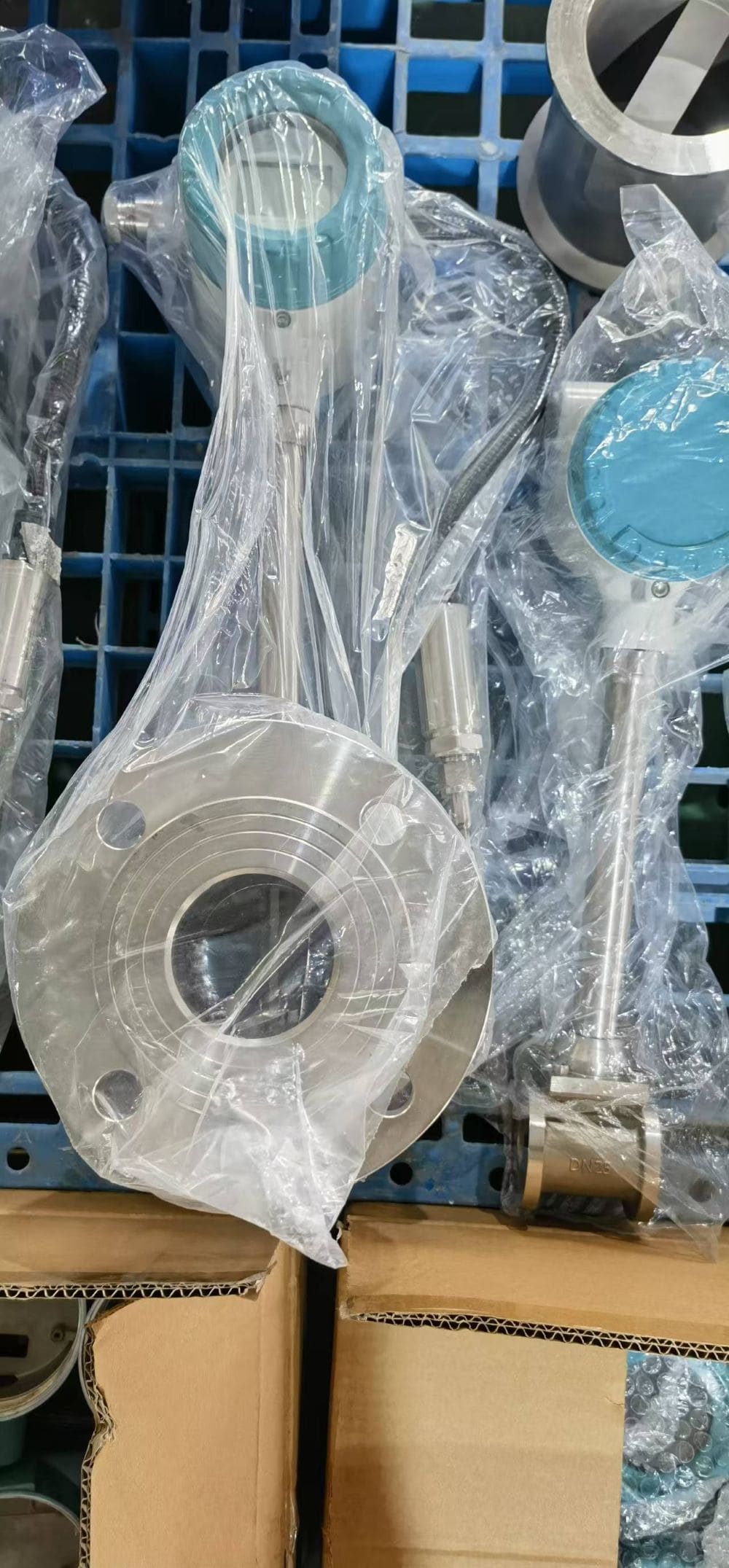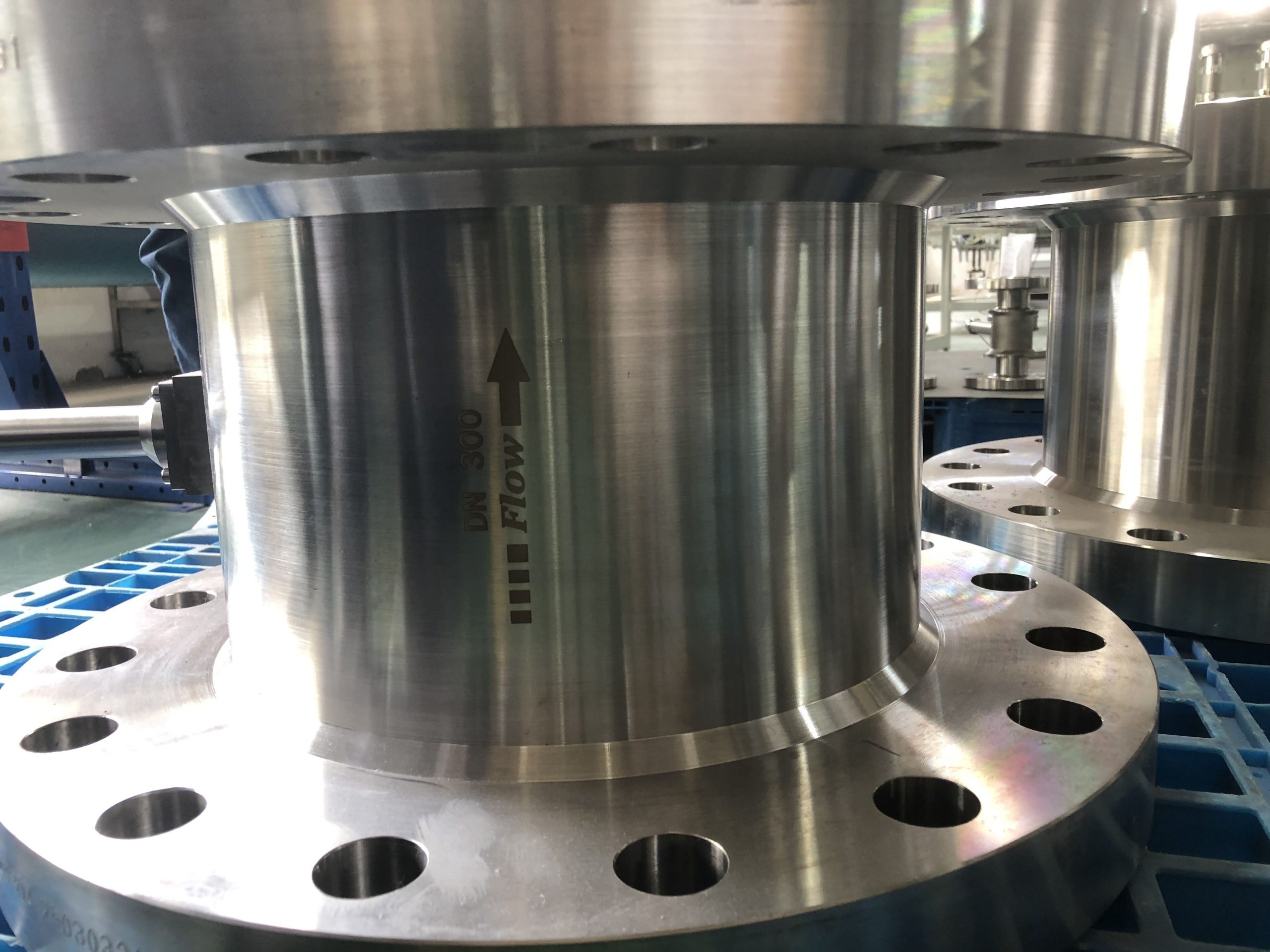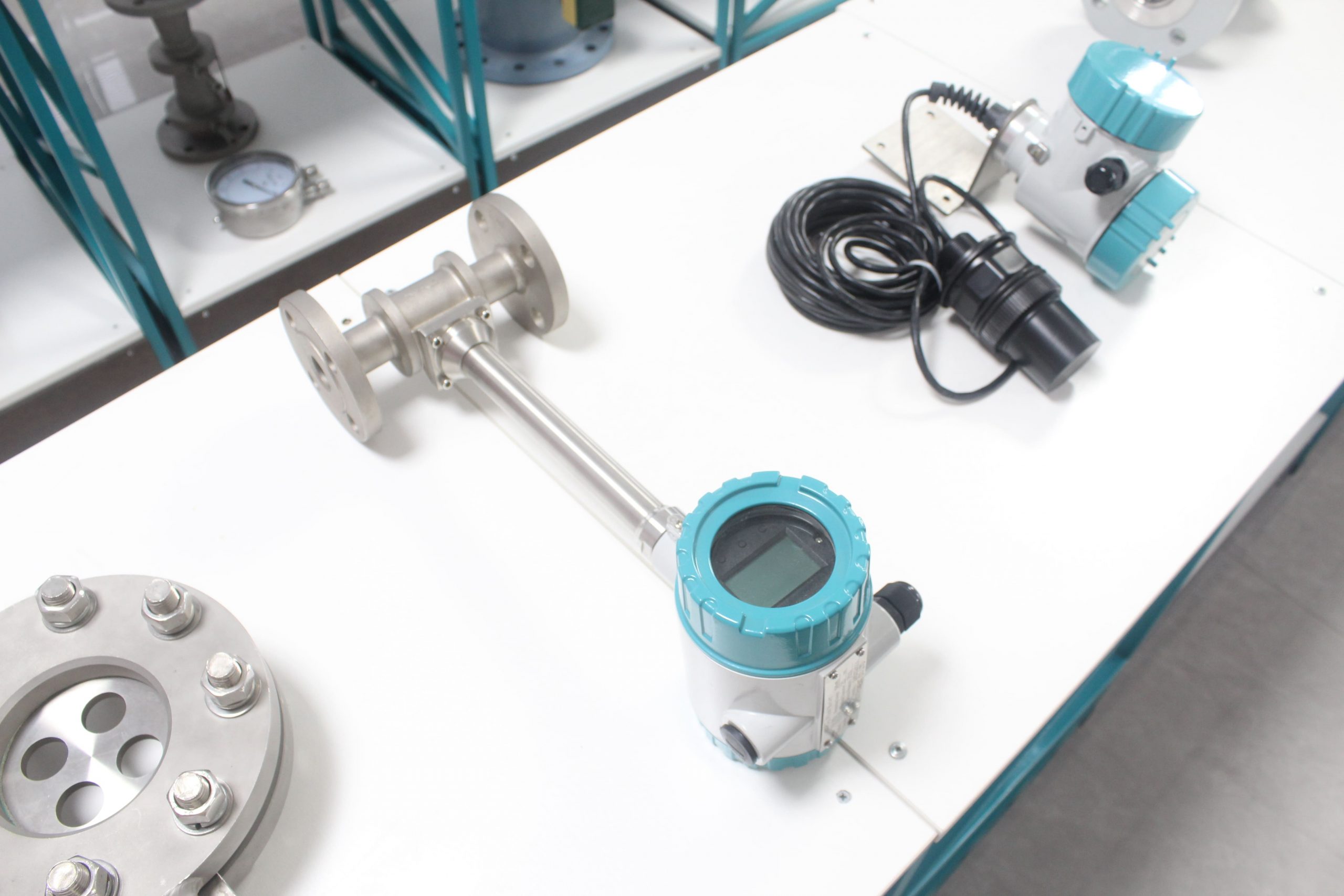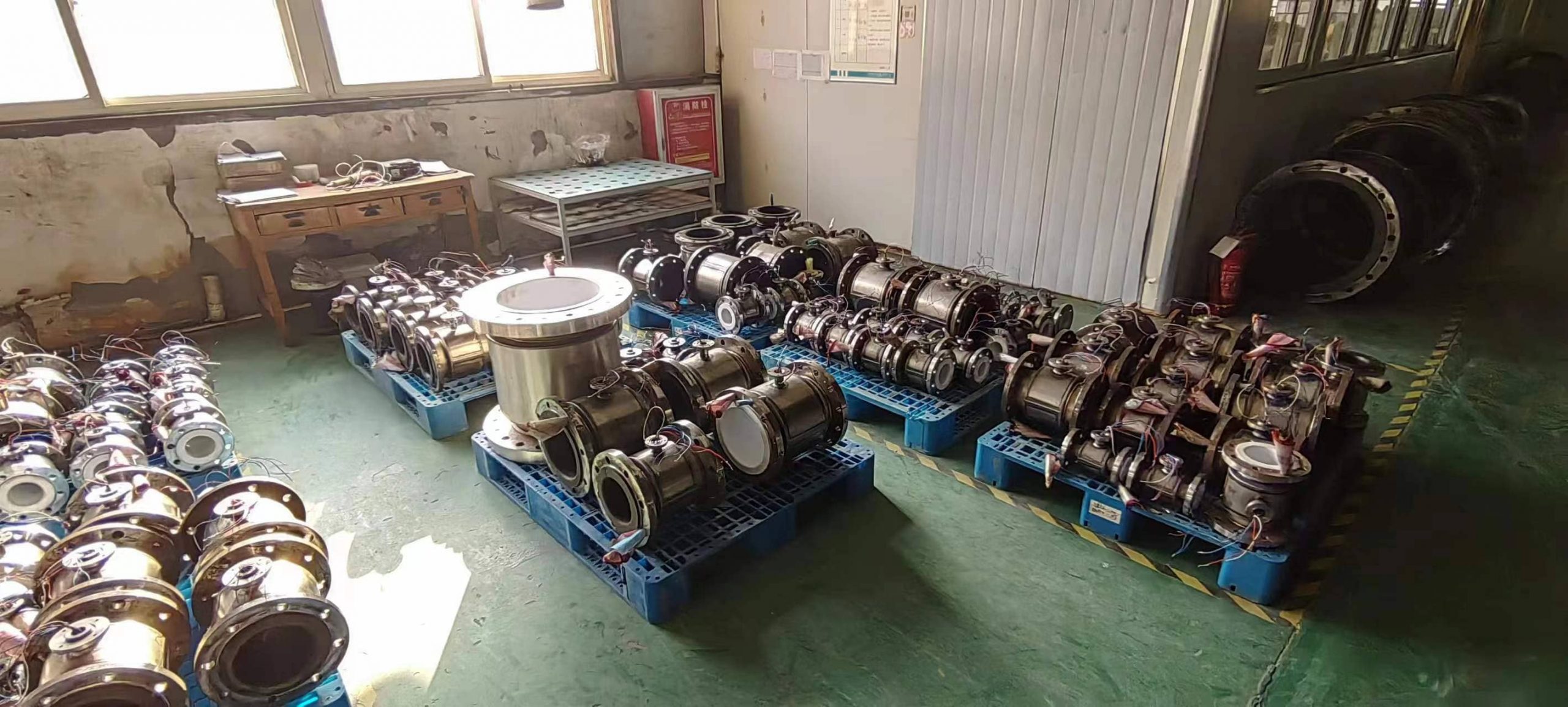Accuracy Assurance of Vortex Flowmeters: Key Technologies and Application Strategies
Vortex flowmeters, with their simple structure, high reliability and wide application range, occupy an important position in the field of industrial flow measurement. However, its measurement accuracy is affected by multiple factors, and how to ensure high-precision measurement has become a core issue of concern for users. This article will analyze the accuracy guarantee strategies of vortex flowmeters from the perspectives of design, installation, calibration and maintenance.
1. Optimize design and manufacturing processes
The accuracy of vortex flowmeters primarily depends on the design and manufacturing quality of their core components:
Vortex generator (fluid blocking) : By using precise processing techniques, the symmetry of the geometric shape and the surface finish are ensured to reduce the influence of fluid disturbance on the stability of the vortex street.
Sensor sensitivity: Piezoelectric or capacitive sensors need to have a high signal-to-noise ratio to accurately capture vortex frequency signals and avoid misjudgment caused by vibration or electromagnetic interference.
Signal processing technology: Digital filtering and anti-interference algorithms (such as FFT spectrum analysis) can effectively eliminate noise and improve the accuracy of signal recognition.
2. Strict installation conditions
The installation method has a significant impact on the accuracy of vortex flowmeters. The following principles should be followed:
Straight pipe section requirements: At least 10D (D is the pipe diameter) upstream and 5D downstream straight pipe sections to avoid disturbance sources such as elbows and valves from disrupting the stability of the flow field.
Fluid state control: Ensure full pipe flow and avoid gas-liquid two-phase flow or bubble interference; When measuring gases, compensation for changes in temperature and pressure is required.
Vibration isolation: When installed near pumps or compressors, shock-absorbing brackets or flexible connections should be used to prevent mechanical vibration from interfering with vortex street signals.
3. Precise calibration and parameter setting
Real-flow calibration: Before leaving the factory or before use, full-range calibration is carried out through standard flow devices (such as gravity or volumetric calibration systems) to ensure the accuracy of the instrument coefficient (K coefficient).
Medium adaptation: For different media (liquids, gases, steam), parameters such as density and viscosity need to be adjusted, and temperature and pressure compensation should be carried out when necessary.
Range ratio optimization: Select a range that matches the actual flow rate (typically 10:1) to avoid weak signals at low flow rates or exceeding the linear range at high flow rates.
4. Regular maintenance and fault prevention
Regular inspection: Clean the scale or impurities on the surface of the vortex formation body to prevent blockage or flow field distortion.
Zero point calibration: After long-term use, zero point drift may occur, and static zero point calibration needs to be carried out regularly.
Environmental monitoring: Avoid sensor aging caused by high-temperature and corrosive environments. Install protective covers if necessary.

